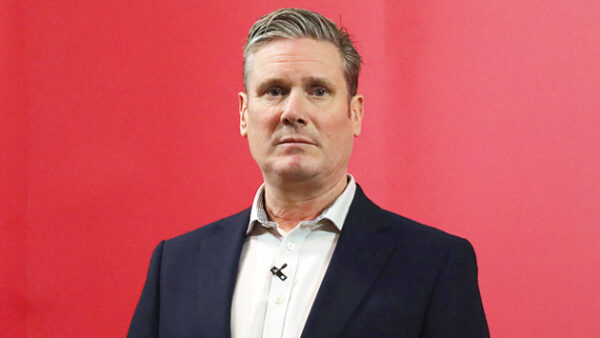Contractors may ‘keep getting it wrong’, but their clients are also perpetuating the dysfunctional status quo, says David Benson FCIOB of Cardiff Metropolitan University.

David Benson
In the June edition of Construction Manager, Staffan Engstrom presented what, on the face of it, seemed to be a reasonable proposition. His article put forward the argument that it was contractors who were “still getting it wrong”. But are they the only ones in the process getting it wrong? I would contend that in fact contractors are largely only responding to the requirements of their clients, as articulated by their consultant teams. Contractors merely dance to the client’s tune.
We are all, I hope, familiar with the many reports of the past few decades, Latham (1994), Egan (1998), Wolstenholme (2009), to name but three. The first two focused on the industry and the contractor, and their interaction with the team, including the client.
Wolstenholme, however, focused on what I think is the key issue within our industry: that there was a need for change throughout all aspects of the industry, not just within contractors.
Driving forces
So what drives an industry or an individual supplier to change and to innovate? There are, of course, many drivers. Sometimes it may be self-determination. Sometimes it may be because individuals suddenly see the light or a much better way of doing business. Most often, though, it is because the customer demands something new, maybe some requirement for innovation or the adoption of best practice.
We allow the client, whoever it might be, public sector or private, to procure at lowest cost, to look at every job as a discrete project, and to form long lists of contractors and call them frameworks.
And who might that customer be in respect of our industry? Of course, it is the client, who demands all, but often perpetuates the comfortable status quo, more often than not, because they are advised by that other participant in the protection of the status quo, the consultant team.
Throughout this 20-year period of navel gazing and report writing, we have ignored the one thing that has consistently exercised my mind: the role of the client.
The key denominator in this industry is the client and we talk at length about “intelligent clients”, “serial clients” and “one-off clients”. We talk about putting the client at the centre of what we do. We “get” the issue of client satisfaction. And then what do we do?
We allow the client, whoever it might be, public sector or private, to procure at lowest cost, to look at every job as a discrete project, and to form long lists of contractors and call them frameworks. We allow them to play at partnering or partnership working, to tinker at the edges of new thinking and to protect their view of the status quo.
Why is it that we continue to do the same thing, time and time again, yet expect the outcomes to be different? At one point before this recession, I thought we were at least making some progress toward the implementation of the Latham/Egan agenda. Look around you now. How many clients have stuck with that agenda? Not many – and that includes government.
Long overdue
So, is it time for real and lasting change? As a client who has engaged with the agenda and stuck with it, I would say: yes, of course it is.
Wolstenholme made some very pertinent observations about the way forward – not just for contractors but for consultants and clients too. His report said that the industry at large should create additional economic, social and environmental value through innovation, collaboration and integrated working – in short, the principles outlined in both the Latham and Egan reports.
Clients should focus on professionalising their procurement practices to reward suppliers who deliver value-based solutions, and demand that of their consultant teams. Government, in all its facets as a client, should really understand the enlightened thinking.
Educated guess
Wolstenholme went on to say that education and training systems must promote holistic learning across all disciplines, so that industry professionals are equipped to understand how integration delivers value, whether you are an architect, engineer, project manager or a cost consultant.
Above all else, said Wolstenholme, we really need leaders who can engage key stakeholders and employees to deliver the necessary change process.
After more than 40 years in the industry, mainly on the client side, and for the last 20 years at the forefront of the “rethinking” agenda, I am not asking for evolution – that time has come and gone. We need a revolution if we are to become an industry fit for the 21st century – a revolution that cannot come soon enough for me. So let’s not just blame contractors for the state of our industry. We are all to blame for perpetuating a status quo that, frankly, as professionals, we should all be ashamed of.
David Benson FCIOB FRICS MCMI is director of estates and buildings at Cardiff Metropolitan University











Having read both this article and the Staffan Engstrom article I can see reasonable views in both sides. I think that Contractors take on projects without trying to develop an understanding of whether the client or their consultant team and client’s take on a project without fully understanding what they want from that project, and what the total end result should be.
In my view the worst thing that the construction industry did was to go down the road of Design and Build contracts. In my experience this has led contractors to spend more time looking at ways to save costs, irrespective of whether they comply with the specification or not. Quality of finished work has gone down and it has perpetuated the use of low cost, short duration finishes materials. The sooner we get rid of D&B and accept that projects will take a little longer in the design phase the better.